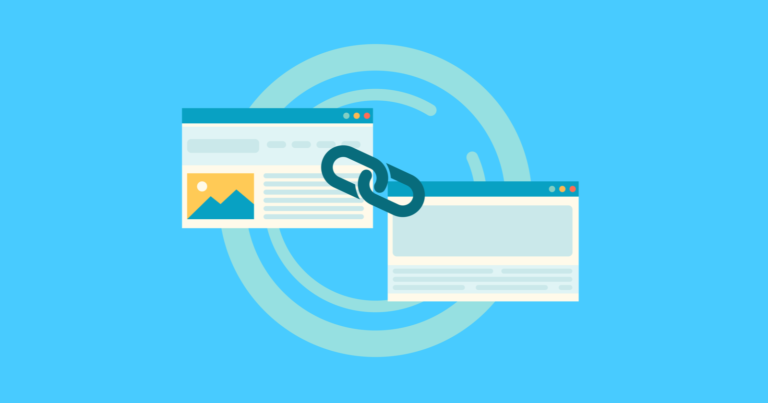In today’s world, having a website is essential for any business or project. Whether you want to share your ideas, start a business, or showcase your work, a website helps you reach people worldwide. While creating a website may seem difficult, it’s easier than you think if you follow the right steps.
This guide will show you how to create a website, step by step. And if you need professional help, you can always consult a website design company in Bangladesh like Epik Digital to make things smoother.
1. Understand the Purpose of Your Website
Before you start, you need to define the purpose of your website. Ask yourself:
- What is your website for? (e.g., blog, online store, business website)
- What will your visitors do on your website?
Knowing your website’s purpose will help you design it better and decide what features you’ll need.
2. Choose a Domain Name
Your domain name is your website’s address (e.g., www.epikxdigital.com). A good domain name is:
- Short and easy to remember
- Related to your business or idea
- Unique and professional
Once you have a name in mind, check if it’s available using a domain registrar like GoDaddy or Namecheap. Many website hosting companies also provide domain registration as part of their services.
3. Choose a Web Hosting Provider
Web hosting is where your website’s files are stored, making it accessible to visitors online. Choose a hosting service that provides:
- Fast loading times
- Strong security
- Excellent customer support
Some popular hosting services include Bluehost, SiteGround, and HostGator. If you want expert advice, a website design company in Bangladesh can guide you in picking the best host for your website.
4. Select a Website Building Platform
To build your website, you can use a website builder or a Content Management System (CMS). Here are two options:
a. Website Builders
Platforms like Wix, Squarespace, and Weebly offer easy drag-and-drop tools, which are ideal for beginners. They provide ready-made templates and require no coding skills.
b. Content Management Systems (CMS)
A CMS like WordPress is a popular choice for people who want more control and flexibility. WordPress is highly customizable, and you can add a variety of plugins to enhance its functionality. Though it requires more setup than a website builder, it’s still user-friendly.
5. Pick a Template or Theme
Once you’ve chosen your platform, the next step is to select a design template or theme. Templates are pre-designed layouts that you can customize with your own content, such as:
- Homepage: The main page visitors see first.
- About page: A section where you describe who you are or what your business does.
- Contact page: Information on how visitors can reach you.
Choose a template that is easy to navigate and visually appealing. Most platforms offer both free and premium templates. For a more custom look, a website design company in Bangladesh can help design a unique template tailored to your brand.
6. Customize Your Website
Now, it’s time to add your own content. You can customize:
- Text and images: Write engaging copy and use high-quality images.
- Colors and fonts: Pick colors and fonts that match your brand’s identity.
- Logo and branding: Ensure that your website reflects your business’s branding.
Don’t forget to make your site mobile-friendly. Most visitors today use smartphones, so your website should look great on all devices.
7. Add Essential Features
Depending on your website’s purpose, you might need to add extra features like:
- Contact forms: So visitors can easily get in touch with you.
- Social media integration: Link your social profiles for better engagement.
- E-commerce: If you plan to sell products, set up an online store with a shopping cart and payment options.
If setting up these features feels challenging, a website design company in Bangladesh can help integrate all the necessary tools.
8. Test Your Website
Before you publish your website, it’s essential to test everything. Make sure that:
- Links work properly.
- Pages load quickly.
- Your website looks good on both desktop and mobile devices.
Also, test the user experience. Ask friends or colleagues to navigate your site and provide feedback. Fix any issues they find before launching.
9. Publish Your Website
Once everything is ready, it’s time to publish your website. Your hosting provider will have a “Publish” or “Launch” option to make your site live. Congratulations—you now have a functioning website!
10. Optimize for SEO
Search Engine Optimization (SEO) helps your website rank higher on search engines like Google. Here are a few simple SEO tips:
- Use relevant keywords in your content.
- Add meta titles and descriptions for every page.
- Optimize images with alt text.
Proper SEO ensures that more people find your website when searching online. A website design company in Bangladesh can assist with advanced SEO strategies to help boost your site’s visibility.
11. Maintain and Update Your Website
A website isn’t a “set it and forget it” project. You’ll need to:
- Update your content regularly.
- Fix any broken links.
- Ensure security measures are up to date.
Keeping your site fresh and secure is essential for long-term success. You can handle maintenance yourself or hire professionals from a website design company in Bangladesh to manage it for you.
Building a website is much easier than it used to be, thanks to modern tools and platforms. By following these steps, you can create a website that looks great and functions smoothly. However, if you’re looking for professional assistance or want a more advanced website, partnering with a website design company in Bangladesh like Epik Digital can help bring your vision to life.
With the right approach and resources, your website can become a powerful tool to grow your business or personal brand online.





